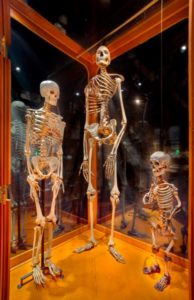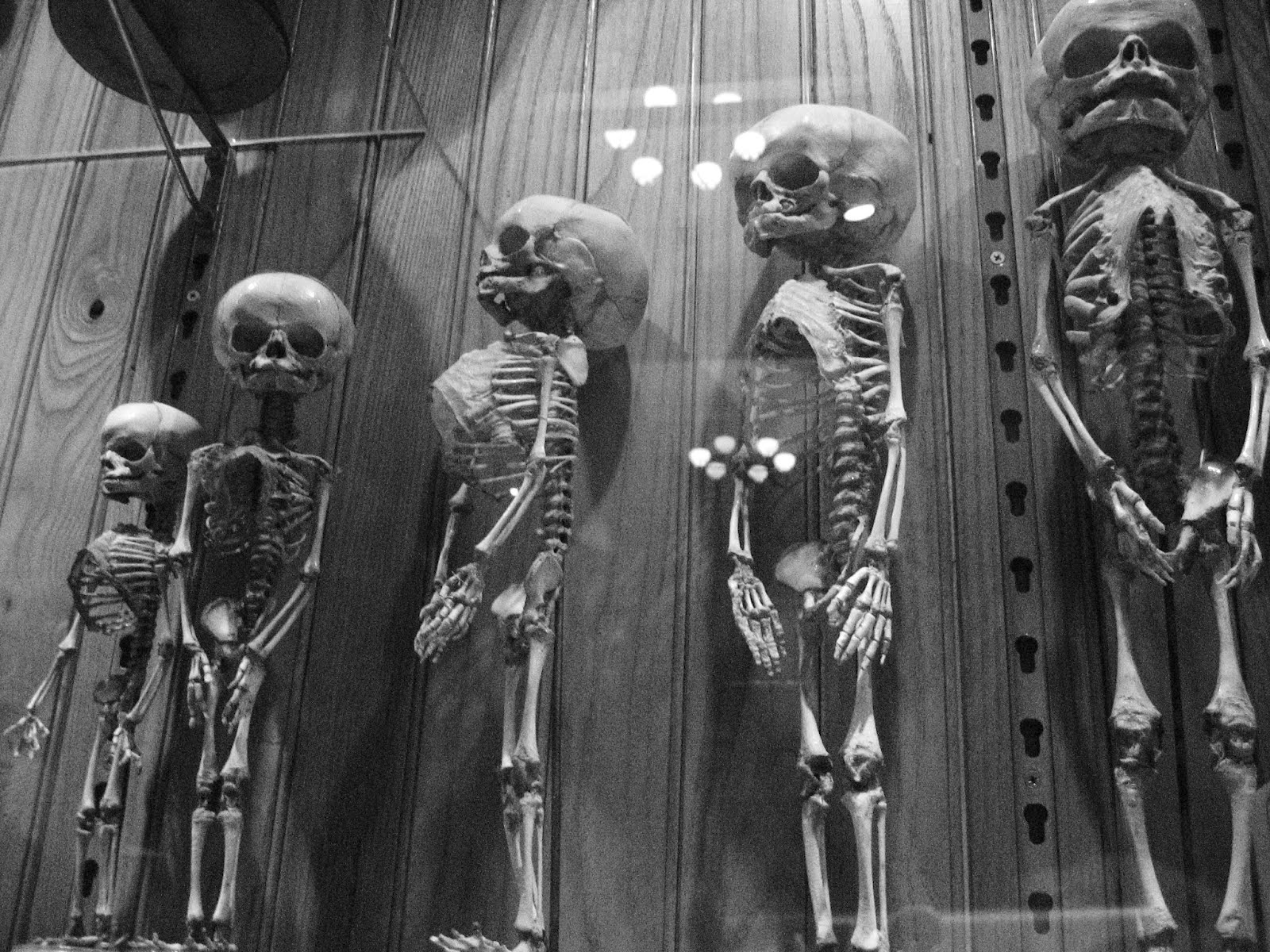WEST LONG BRANCH, N.J.–At the Mutter Museum, located within the Center City area of Philadelphia and part of the highly esteemed College of Physicians of Philadelphia, guests are able to view the human body in all of its wonders and abnormalities. Medical students, those hoping to become doctors, or the simply curious learn the depths to which the human body is capable of stooping.
Behind the double doors of the museum, the atmosphere is a fusion of past post-civil-war academia, along with the sterile detachment of a museum. Closed-off and distant in its presentation of subject matter, the subjects within their glass cases are what help to engage the visitor, while being given a description with each piece that is being highlighted. This combination presents a setting where both doctor and patient–knowledgeable and unknowledgeable–are there to learn; it is a bridge for all people to the familiar and the experimental.
The simplicity in the layout is able to capture the philosophy of the museum to be “disturbingly informative.” The things at which we wince and pray will never happen to us are all placed into glass cases on display for everyone in the museum to see. Each piece serves as a trophy to the grotesque, and gives a new perspective of the human body.
As a person gifted with refined taste paired with an interest in medicine developed from binge-watching “House,” it is personally difficult to become enamored by something that holds no “novel” entertainment value. Though, if you were to ask my medically-trained sisters, this little setback has never held me back from levying remarks towards medicine.

Keeping this in mind, I began exploring the museum in all of its wonders. Two stories with a basement, there is an entire hall dedicated to the abnormal anatomical and muscular parts of the human body. To my surprise, a myriad of the people who came had no true knowledge of medicine. Mothers were holding their children to look up at skulls of people from foreign lands; both the mother and child were in a shock of awe at the small differences a skull would have.
Most of my appreciation of the museum came from my sister and her friend. One is a physician assistant student while the other is a medical student, but both were joyously describing the rest of the anatomical functions of whatever we observed, followed by long-winded examples of how someone could have developed their abnormality.
Observing a brain, I was astonished to read that it was none other than Albert Einstein’s brain being displayed. Contained in a cylindrical container, it was a strange emotional experience to have. While it was clearly not my brain, there still managed to be this introspective nature in viewing a brain displayed in such a normal fashion. The brain itself held a fascinating story. Once belonging to Einstein, it was stored in a closet for few years until it was discovered and displayed in the museum.
Following the exhibition of the brain, my eye was caught by an exhibition dedicated entirely to the “Grimm’s Fairy Tales.” Here, each tale is examined through a medical lens, and a real-life parallel is compared to the fantastical world within them. Throughout each piece of the exhibit, the human body is portrayed as both a blessing and a curse. Each story is representative of how someone handles what they’re dealt with. One of the most fascinating was the story of Godfather Death presented as a precursor to current doctors.
In looking over the cost of the entire experience, a meager $13 (reduced with college ID) assuaged the minor issues I had with the museum experience. From the skeletons to the abnormal muscles, the Mutter Museum introduces the everyday person to the world of medical abnormalities without totally isolating them. People have a morose appreciation of death, and the Mutter Museum is able to engage this quirk and make it into a celebration of the human body. It continues to show off the fragility of the human body, but manages to highlight the blessings of simply breathing.




